Welcome to “slow” – the future of travel
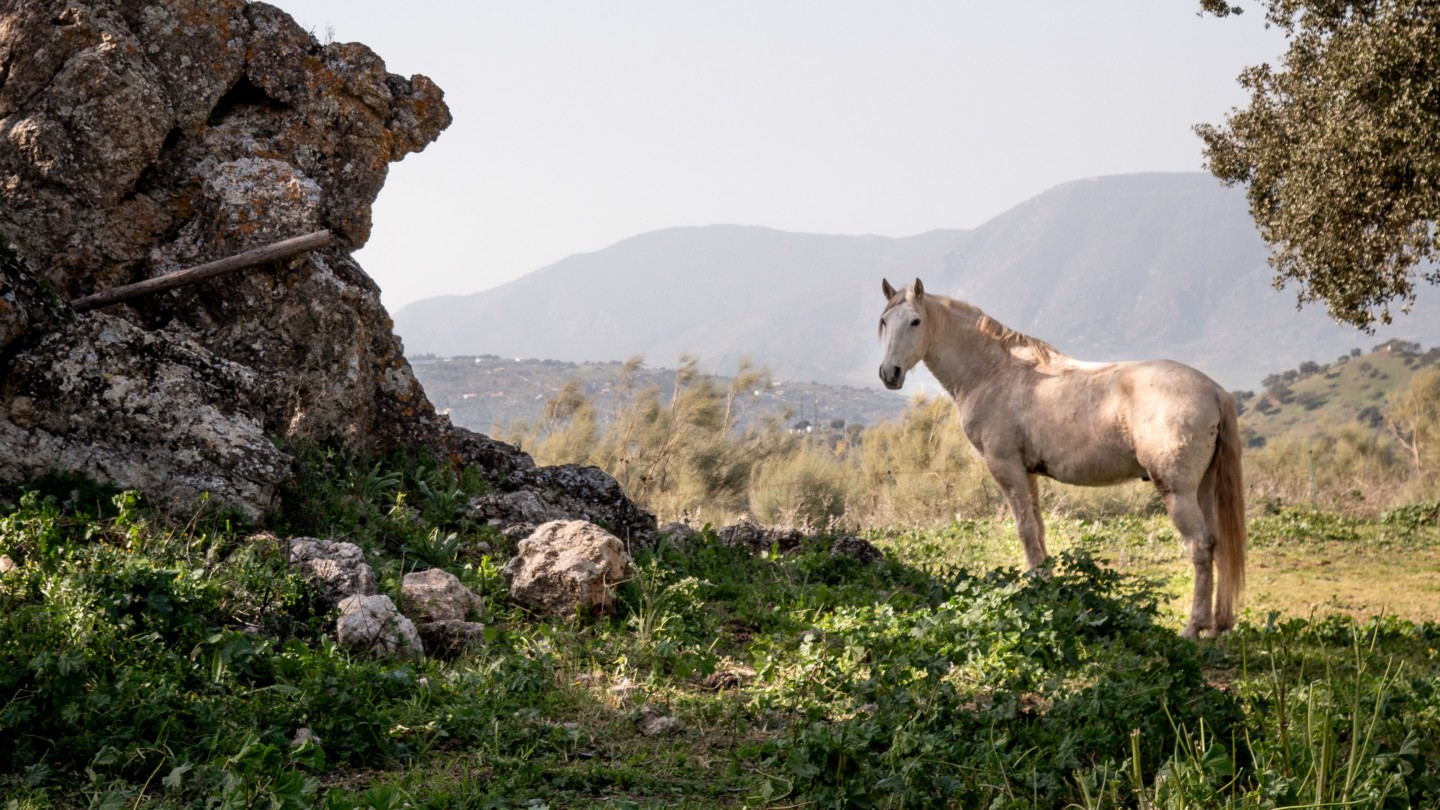
Roula Khalaf, Editor of the FT, selects her favourite stories in this weekly newsletter.
Ten years ago, when I joined How To Spend It to oversee its travel pages, we decided to change the “sell” – that bit of descriptor copy found below a headline – for the Travelista news column, which I was to start writing. The tongue-in-cheek sobriquet preceding my name, “frequent flyer”, needed rethinking. Various alliterations and rhymes were mooted. Not everyone loved what we eventually settled on – “wander woman” – but it was unanimously preferred to the incumbent. Because even back in the autumn of 2009, it was becoming clear that frequent flying was no longer such a good look.
That same November, I was one of a handful of journalists and editors invited to attend the inaugural edition of Pure Life Experiences, a conference organised in Marrakech by the people behind the International Luxury Travel Market. Among the exhibitors were eco resorts in deepest eastern Indonesia, Amazon expedition cruisers, remote Bhutanese lodges and a glamorous cohort of legendary African safari guides, ruggedly resplendent in their bush khakis and Samburu beadwork. The aim of Pure wasn’t just to propose more thoughtful, culture- and wilderness-driven experiences as alternatives to “luxury” travel; it was to establish definitively that they were the new travel.
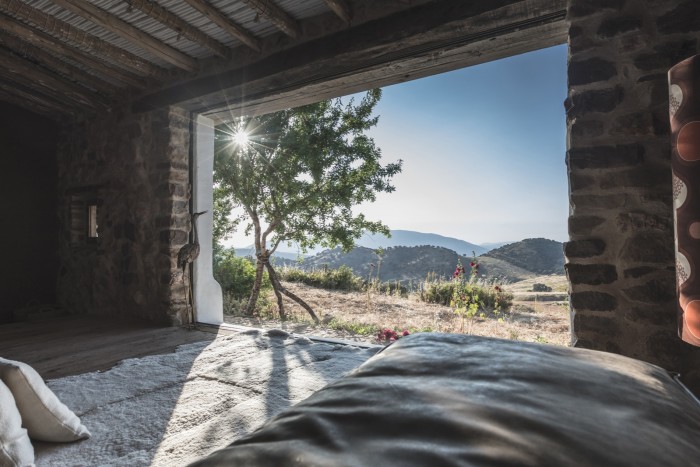
As indeed they proved to be. Experiential has gone from buzz word to borderline banality (not unlike its close sibling, authentic). In short order, even the hotels flying the corporate-behemoth flags were eschewing talk of starchitect-led designs and bath butlers in favour of exceptional access to local culture or community initiatives. There was a total paradigm shift around travel’s mandate – it was no longer just to chill us out, but to edify, challenge, educate and above all personally enrich us.
Cut to December 2019, and the tension at the intersection of these two phenomena has reached critical mass. Travel can no longer be dissociated from the fallout we now know it creates, from carbon emissions to degradation and endangerment of wildernesses to the erosion of local cultures. There’s no discussing the issue without acknowledging the impact of social media, which has facilitated desire for and access to travel in equal measure for the 2.6 billion or so people active on it.
Over the past decade How To Spend It has covered some farsighted initiatives, ones that proposed ways to mitigate that tension – if not necessarily offsetting it quantifiably, then at least to some degree existentially. There were allegiances between philanthropists, tour operators and conservationists, resulting in ways to explore the world’s wildernesses in great comfort while underwriting their preservation. There were educational expeditions by boat and train. There were the safari enthusiasts who paid to participate in translocating operations that moved endangered animals from heavy poaching zones into protected ones – walking away with indelible memories (and bragging rights), along with the knowledge that they’d just bankrolled the next black-rhino airlift.
The desire (and imperative) to offset existentially is growing. But the times, and their tone, are shifting again. Downshifting, you might say. Increasingly it’s understood that just to decelerate the pace, stay longer and stay put in one place allows you to engage more thoughtfully with, and tread more lightly in, the place you’re visiting. Which is as good for that place as it is for you.
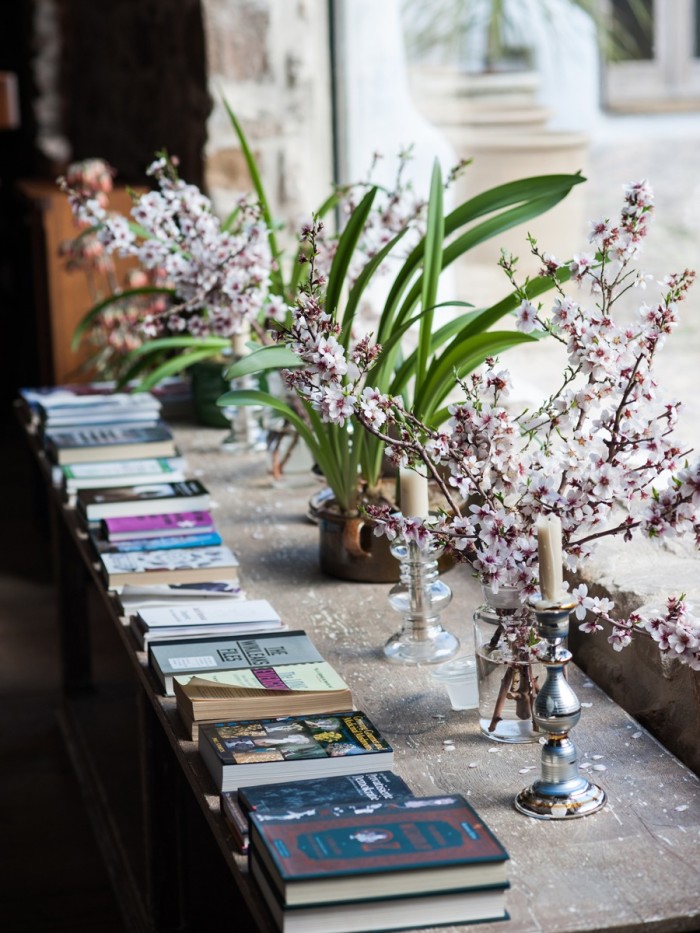
Welcome to slow: the travel setting of the next decade.
“It’s [an agenda] being set by those who have raced through the ostensibly luxurious, only to find that it’s actually time that brings real pleasure,” says Alice Daunt, founder of ultra-exclusive private travel designer Daunt Travel. “Time is what allows you to revel in a destination.”
Daunt has made her name in great part by dispatching high-profile clients to the far corners of the world for exotic once-in-a-lifetime holidays, celebrations and adventures. But when I ask her what excites her these days, she waxes rhapsodic about cycling the empty backroads of Transylvania for an entire week, traversing miles of open countryside carpeted in wildflowers and sleeping in 18th-century Saxon homesteads. Or navigating the trails of northern Greece, Armenia or Georgia on foot, in the company of a former British general who’ll narrate the history and conflicts that have played out across the surrounding landscapes.
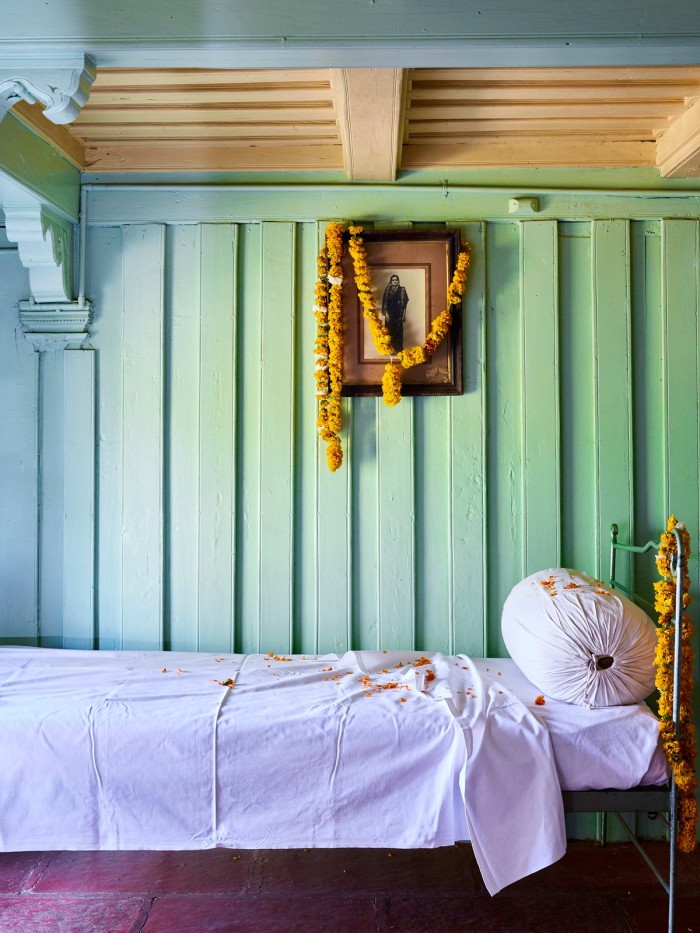
“Going to fewer places, spending more time in each one. That’s key,” says Christopher Wilmot-Sitwell, co-owner and director of Cazenove+Loyd, which creates specialist itineraries with an emphasis on culture and conservation. “And it’s what’s happening – our clients want it.”
Many years before “slow” anything crept into the common parlance, Wilmot-Sitwell and his business partner Henrietta Loyd were championing the long walking safaris pioneered by top guides in Zambia. “Internal flights are eliminated; most of the camps are super-light on the ground; you see and hear Africa in ways you don’t from a vehicle.” It’s a model that’s now expanding to new parts of the continent, and beyond. “A top Zimbabwe guide we work with has moved to northern Ethiopia and adapted a unique walking circuit there.”
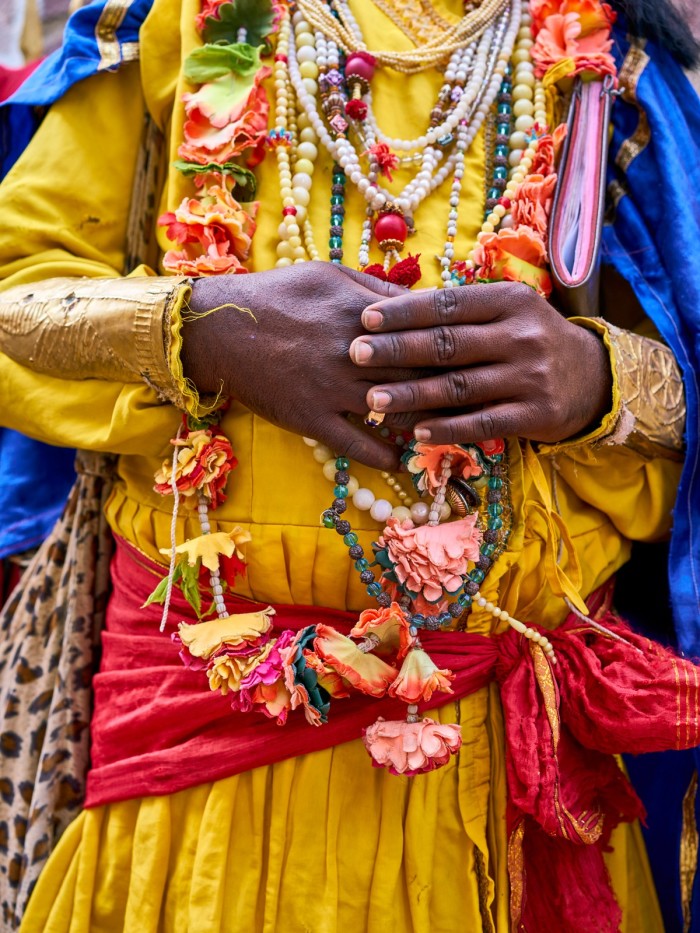
There are knock-on slow benefits to this particular model, he notes. “It’s a very sustainable outfit in a part of a country where very few people are doing what he does. That will encourage new operators to work the same way, which can help keep the region stable. People will spend longer there, so they connect to the place at a deeper level. And it’s a model with no heavy infrastructure.”
Brazil is a less obvious place for a long, slow walk – but both Daunt and Wilmot-Sitwell cite the imminent debut of an intriguing new circuit at Ibitipoca, the private reserve in Minas Gerais state owned by Renato Machado, as one to watch. Machado’s land abuts a national park, creating an unbroken corridor of protected native Atlantic forest. Historically guests have stayed at Fazenda do Engenho, a beautiful single-storey farmstead, but Machado is rehabilitating a handful of abandoned houses and villages across his more than 12,000 acres. Guests will explore them by journeying on foot from house to house, for several days. Each evening they’ll arrive to honest, charming accommodations, wholesome food, soft beds – and, in the villages, regenerated local communities, which they’re supporting by being there.
Similar shifts are happening in Europe as well. Witness the renewed appreciation for its wild lands, from the ancient old-growth forests of Romania to Andalucía, where a clutch of rural hotels is leveraging the countryside to soul-enriching effect while simultaneously protecting it. At Hacienda de San Rafael, not far from Jerez de la Frontera, owner Anthony Reid periodically partners with British fishing/birding guide and naturalist Oliver Rampley to host small private groups. Guests track elusive lynx on foot for days at a time in the surrounding natural-park network; phones are confiscated so everyone calibrates to the rhythms of the day, staying out from sunrise to sunset, learning how changes in the diurnal cycle – light level, thermal updrafts, temperature shifts – drive animal behaviour. About 70km away, in the oak forests of the Serranía de Ronda mountains, is Finca La Donaira, a model of sustainable farming. La Donaira is famous for its purebred Lusitanos, which guests can ride across its 1,750 protected, private acres, stopping to be educated in the permaculture techniques and natural beekeeping practised by the owners.
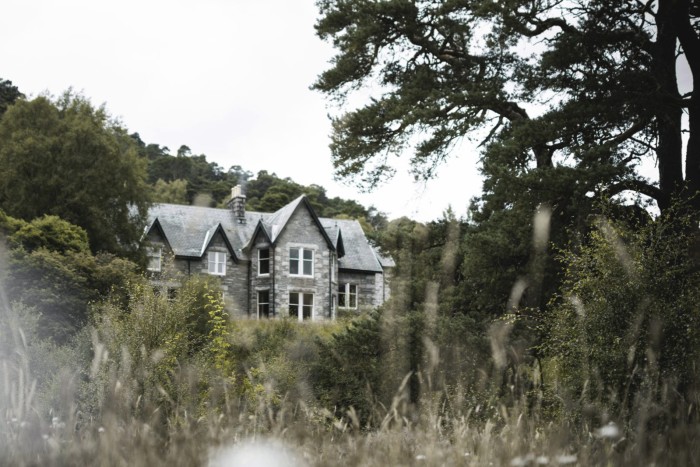
And in Scotland, Anders and Anne Holch Povlsen’s Wildland project is fast emerging as a model of High Slow. It now comprises some 220,000 protected acres, from the Cairngorms to the northern coast, and has various built-heritage restoration projects underway across its 12 Highland estates. Killiehuntly Estate and Kinloch Lodge, with their Scandi-chic interiors and middle-of-nowhere coordinates, have already gained a loyal following. The new projects range from bothies to sporting lodges to Lundies guesthouse, which opened a couple of months ago in the village of Tongue. Some of the future accommodations will be off the grid; others are undergoing renewable-energy feasibility tests, combining stored-battery and hydro power. All are stunningly designed and all adjacent to, or immersed in, pristine and protected landscapes, which Wildland guests have the run – and walk – of.

Travel as cultural narrative – a place experienced through the stories of its artists and makers, its buildings, its festivals – underpins the slow phenomenon as well, and is proliferating from Rio to Cape Town to Mumbai. It’s perhaps no surprise that some of the most able tellers of these stories come from editing and journalism backgrounds. Town & Country Travel’s founding editor Melissa Biggs Bradley launched her private members’ travel service Indagare years ago, but in 2016 she upped the ante with a series of editor-led journeys, translating the beauty of Morocco, Lebanon, Brazil and more through artisan workshops, lectures and visits to private homes and collections. Nancy Novogrod, the editor-in-chief emerita of Travel + Leisure and House & Garden magazines, has leveraged her impressive black book of contacts to launch Culturati Travel Design, which creates intimate, focused itineraries based around access to notable locals – artisans, food producers, architects – in cities ranging from Tel Aviv to Kyoto.
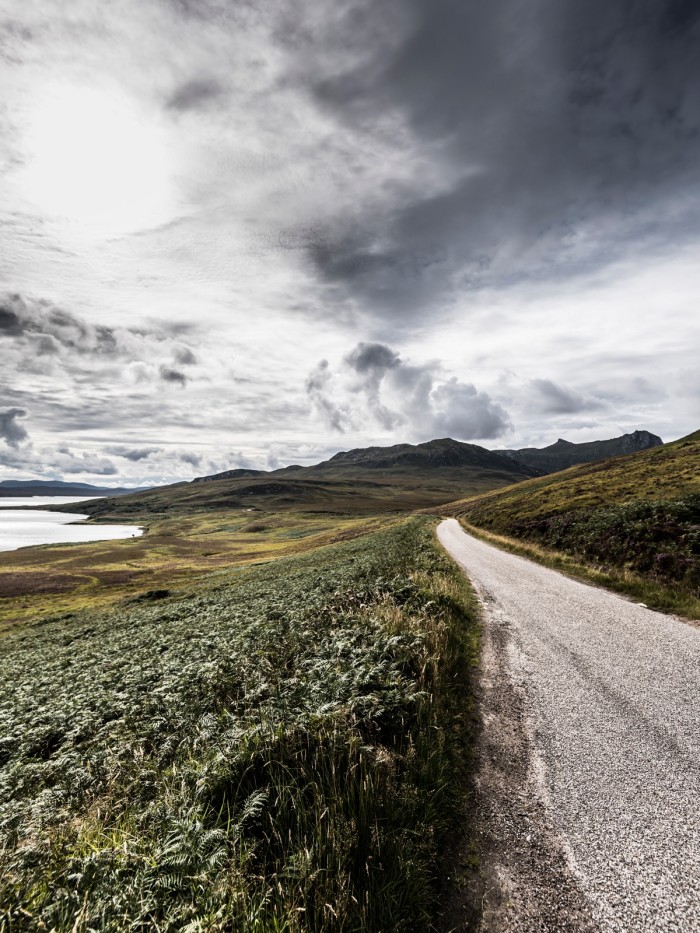
Among the most successful, and sought-after, of these practitioners is David Prior, who co-founded his members’ travel club Prior in late 2018. “We work with our partners on the ground to produce experiences that are super-faithful to the place, because you serve it, and the people living there, in the best possible way then,” says the former Condé Nast Traveler and Vogue Living contributing editor. “Then we try to activate a bit of the fantasy for our members. It’s a balance: honour the reality of the destination, but turn up the volume a little. That’s where the editor skills are coming into play. We used to tell these stories for publication; now we’re bringing them to life, and putting people in them.”
For 2020 and beyond, Prior and his global team have produced a portfolio of what they call Nomadic Clubhouses – extended hotel takeovers with small, curated groups of members, based around events or experiences that promise to distil the mystique of a place. They will include a private Holi celebration in Jaipur in a royal palace (March); a residency at Francis Mallmann’s Garzón hotel and restaurant – “kind of a takeover of the whole village, actually”, Prior says – in Uruguay (also in March); an event in Seville curated around the city’s Feria (April); and, next autumn, a serious Mexican-culture immersion in Oaxaca, during its famous Day of the Dead festivities.
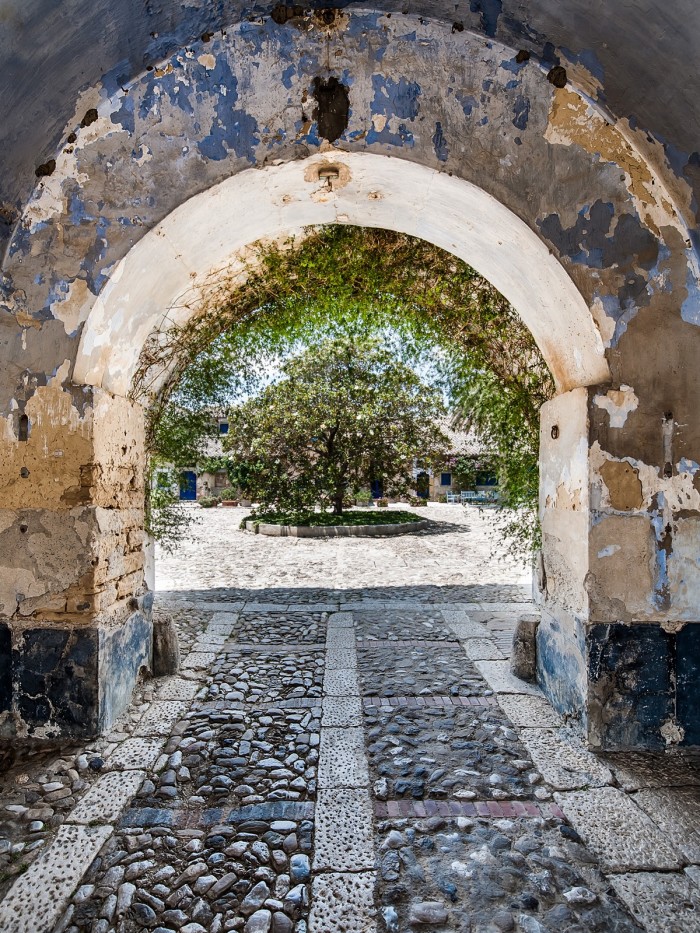
“Even in a place like Paris, you can still have a meaningful experience this way. It’s about doing it with the right person,” Prior notes. “I recently sent a couple – worldly, travelled people – on a walk around the city, with a super-hot young chef, to all the food stalls and shops and producers he himself frequents. The charcutier, the butter and cheese maker, the baker. It’s a baseline example – how do you elevate a picnic-in-Paris fantasy someone might have? It’s such a simple way in, but made super-local and a bit magical.”
That intersection of food, people and place is the apotheosis of slow. And it’s where the real visionaries are busying themselves, with immersive experiences that require serious commitment from travellers. At La Donaira in Spain, for instance, there are opportunities for four to eight volunteers at a time to reside on the property for several months, engaging with anything from working in the medicinal gardens to picking olives, and bedding down, if you care to pay the rates, in one of the finca’s exquisitely tasteful suites (think standalone copper bathtubs, Moroccan beni ourain rugs, limed ceiling beams).
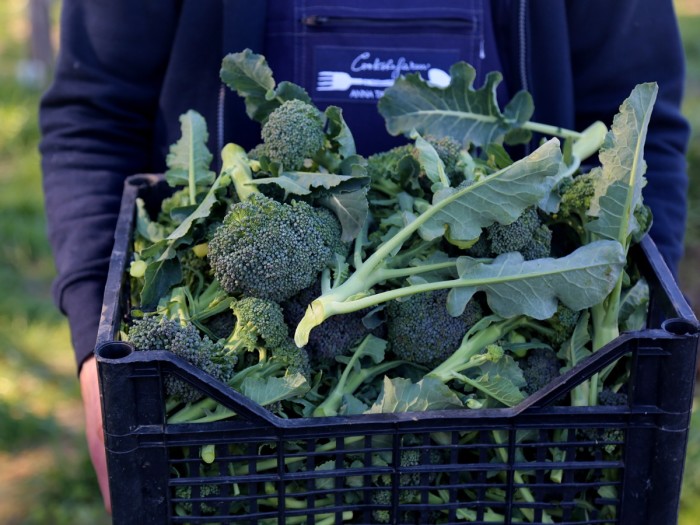
Another is in Sicily’s severely beautiful interior, at Tenuta Regaleali, the 1,200-acre estate owned by the Tasca d’Almerita winemaking family. The late Anna Tasca Lanza founded a famous cooking school here in the late ’80s; when she passed away in 2010, her daughter, Fabrizia Lanza, inherited the mantle. She has spent years deepening the remit, putting her own personal passions – sustainable food production and agricultural heritage – into the mix. This has culminated in Cook the Farm, a two-month-long apprenticeship that sees its participants make cheese, prune vines, shadow a shepherd in the hills for a day, grind wheat and visit olive mills and butcheries, to name a few of the very hands-on activities. They spend a day with Lanza’s cousin Alberto Tasca d’Almerita, CEO of Tasca d’Almerita, and his winemakers to learn about his horizontal sustainability protocols, which have been adopted as a benchmark by Italian winemakers, and to taste his award-winning wines. And they eat – honest, wholesome food that they have prepared together.
As of 2019, 42 people have travelled from as far away as Singapore, Australia and Brazil to be part of Cook the Farm. That’s undeniably a lot of jet fuel – but what they’re doing on the ground, Lanza reckons, more than mitigates that output. “This kind of immersion gives real value to our travels. People come to do Cook the Farm to learn about Sicilian food culture. But we’re also giving them tools, a compass, for both good taste and a better food system where they live. We’re helping them learn to ask the right, or at least intelligent, questions.”
Last month, Lanza began offering week-long Cook the Farm immersions – abbreviated but intense opportunities for those who can’t take two months away from their lives to dip into various aspects of the experience. And spring 2020 will see the launch of its first satellite, on the Aegean coast of Turkey. Lanza hopes eventually to have a network of outposts in every European Mediterranean country, diffusing her message of preservation, education and communal pleasures as old as time. But no rush; she knows the value in taking it slow.
Comments